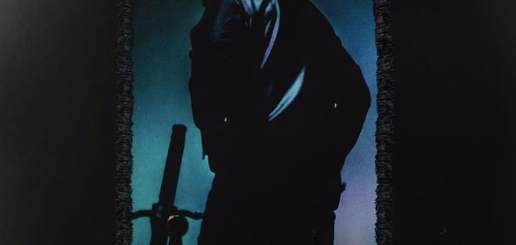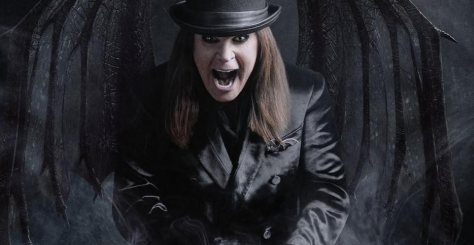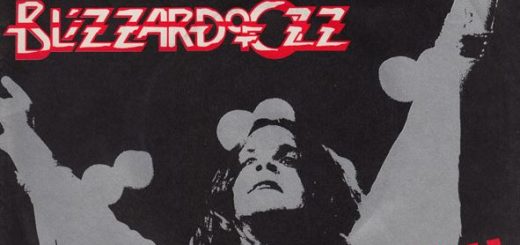Bark at the Moon – Unleashing the Beast Within
Lyrics
Waking from the dead of night
Vengeance is boiling
He’s returned to kill the light
Then when he’s found who he’s looking for
Listen in awe and you’ll hear him
Bark at the moon
Years spent in torment
Buried in a nameless grave
Now he has risen
Miracles would have to save
Those that the beast is looking for
Listen in awe and you’ll hear him
Bark at the moon
Hey yeah, bark at the moon
They cursed and buried him along with shame
And thought his timeless soul had gone (gone)
In empty burning hell, unholy one
But he’s returned to prove them wrong, so wrong
Ooh, yeah baby
Howling in shadows
Living in a lunar spell
He finds his heaven
Spewing from the mouth of hell
Those that the beast is looking for
Listen in awe and you’ll hear him
Bark at the moon
Hey yeah, bark at the moon
Hey yeah, bark at the moon
Oh, oh yeah, bark at the moon
In the shadowy nexus where metal and metaphor collide, Ozzy Osbourne’s iconic track ‘Bark at the Moon’ casts a long, lupine shadow. The 1983 hit doesn’t just resonate with the primal howls of its haunting melody. It’s the lyrics—a chilling ballad of resurrection and vengeance—that weave a narrative pushing beyond the realm of rock n’ roll into the domain of gothic lore.
While some may dismiss ‘Bark at the Moon’ as another high-octane anthem from the Prince of Darkness, a deeper dive into the lyrics reveals a layered tale of an unjustly vilified character returning to overturn the false narratives of his demise. Through this lens, the song emerges as an allegory about the unstoppable force of truth and the feral scream for justice.
From Grave to the Grasp: Resurrection as Metaphor
Osbourne’s lyrics speak of a resurrection, an awakening ‘from the dead of night,’ which suggests much more than the emergence of a fantastical creature. It stands as a powerful metaphor for overcoming the greatest adversary one can face—the finality of death itself. To ‘kill the light’ speaks to dismantling the illusions that society often lives under, the ethereal light of false truths that cover the darker complexities of existence.
The idea of being buried ‘in a nameless grave’ touches on forgotten legacies, the erasure of history, and the fight to reclaim one’s rightful place in the narrative. And amid this struggle to break free from the chains of obscurity, Osbourne’s creation howls his presence into the night, demanding to be acknowledged.
The Timeless Cry Against Injustice
Not only is ‘Bark at the Moon’ a story of rebirth, but it is also an anthem of vengeance against the unjust. Cursed, buried, and shamed—the protagonist’s rise from oblivion carries the weight of settling old scores with the arbiters of his fate. This narrative echoes in anyone who’s been wronged or silenced, transforming the song into a vessel for conveying the universal yearning for retribution.
The ‘timeless soul’ of the protagonist defies the finality of hell itself by returning ‘to prove them wrong,’ serving as an everlasting source of inspiration for those battling to overturn false narratives and reclaim the truth of their stories.
The Hidden Meaning: A Battle for the Soul
Peeling back the layers of ‘Bark at the Moon’ one intercepts a tale not just of a physical creature, but of the psychological and emotional battle that rages within every individual. The beast represents the inner darkness in us all, the rage and primal instincts that society forces us to bury but never truly die. And when these forces return, they do so with a ferocity that seeks to rectify the suppression of the authentic self.
Osbourne, famed for grappling with his own personal demons, might be using this tale to articulate the constant fight between who we are, who we are told to be, and the ultimate emergence of the truth—a bark at conformity, if you will.
Unforgettable Lines: Spewing from the Mouth of Hell
‘He finds his heaven / Spewing from the mouth of hell’ – amongst the most evocative lines of ‘Bark at the Moon’. These words suggest that for the downtrodden or misunderstood, their idea of paradise isn’t found in traditional purity or piety, but rather, in the embrace of their true nature—no matter how dark or hellish it might seem to onlookers.
In this paradox, Osbourne marries the concepts of good and evil, heaven and hell, into a singular notion that redemption and paradise can come from embracing, not extinguishing, the darkest parts of ourselves.
The Lycanthropic Legend: More than a Monster Tale
On the surface, the lycanthropic imagery conjures a picture of a classic horror narrative—a werewolf spurned and seeking revenge. Yet, it is evident that Osbourne is not simply retelling an age-old monster myth. The ‘bark at the moon’ becomes a symbol of defiance, a rejection of conventional norms and an assertion of one’s own power.
In summoning the image of a creature feared and ostracized, yet possessing immense strength and indomitability, Osbourne presents listeners with an allegory of empowerment, challenging them to find and embrace the undomesticated beast that prowls through their own spirit.








